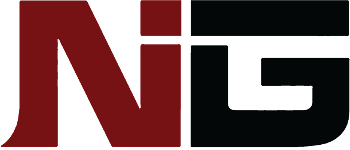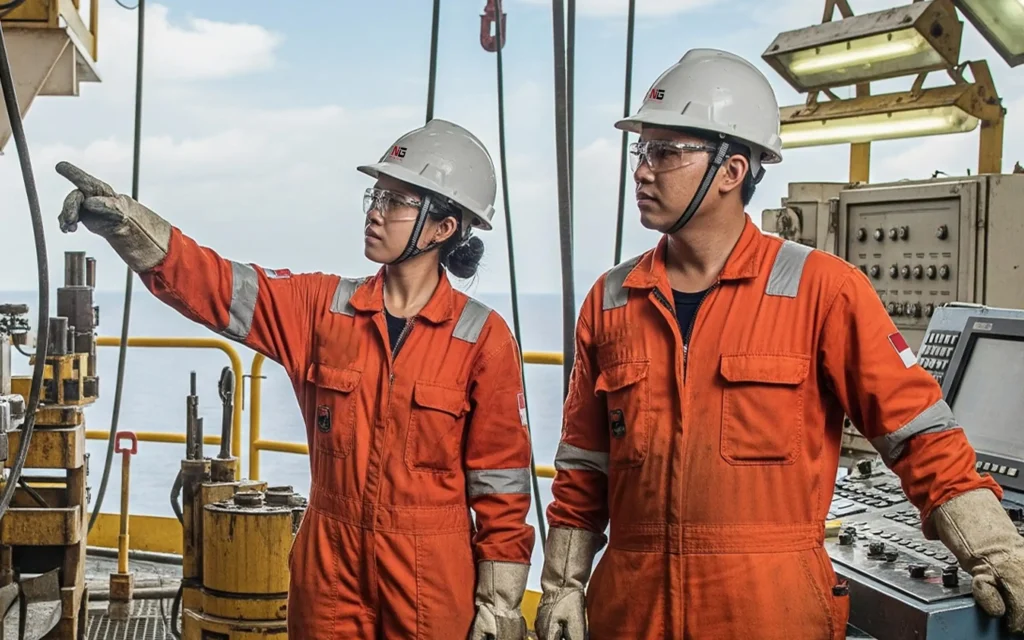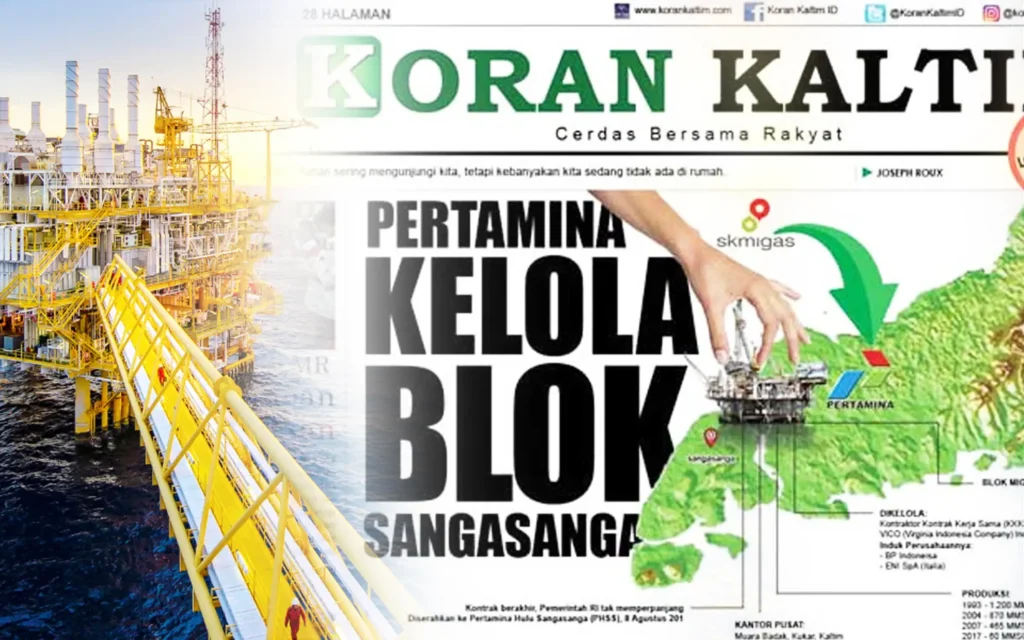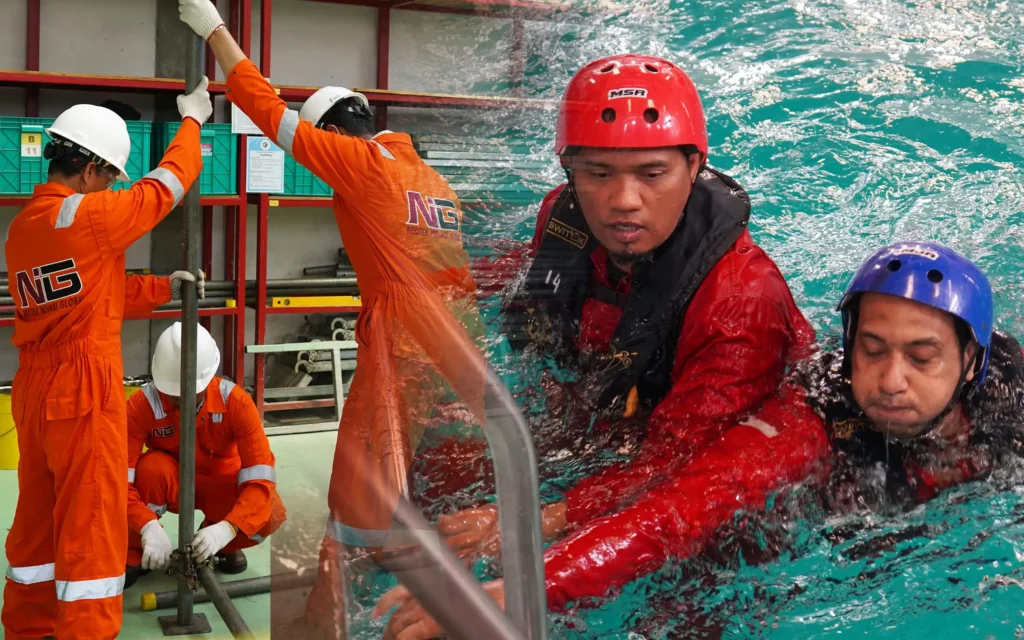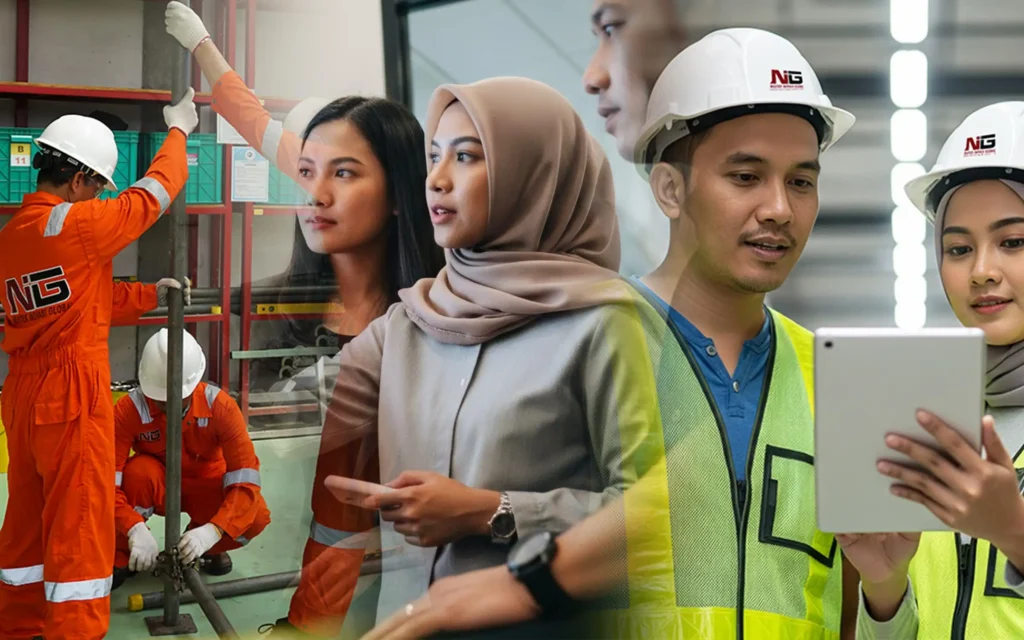Duration: 5 Days
Certificate Validity: 2 Years
Delivery Mode: In-Person (Instructor-Led Classroom) or Virtual (Live Online with Instructor Interaction)
Accreditation: IADC (International Association of Drilling Contractors)
Target Audience
• Company Men, Wellsite Leaders, and Operator Representatives supervising intervention operations
• Superintendents, Field/Production Engineers, and Well Control Consultants
• Office-Based and Support Personnel involved in well servicing decision-making
• Non-Operator or Service Company Personnel requiring advanced understanding of well control and intervention
Certification
Participants who successfully complete the training and pass the final assessment will receive an official IADC WellSharp™ Well Servicing for Oil & Gas Operator Representative – Workover & Intervention Certificate of Completion.
Certification Details:
• Level: Operator Representative – Workover & Intervention
• Assessment:
Written or Online Examination (Proctored) – Minimum Passing Score: 70–75%
Optional Practical Evaluation (Simulator-Based), where applicable
Certificate Validity: 2 Years
Issued by: IADC-Accredited WellSharp™ Training Provider
Course Overview
The IADC WellSharp™ – Well Servicing for Oil & Gas Operator Representative (Workover & Intervention) course is designed for personnel responsible for overseeing and making decisions during well intervention and workover operations.
This advanced-level training focuses on well control principles, barrier management, risk mitigation, and regulatory compliance across coiled tubing, snubbing, and wireline operations. Participants will gain the competence to plan, supervise, and manage live well scenarios safely and effectively.
The course integrates theory with real-world applications through case studies, scenario discussions, and simulator exercises, aligning with global IADC WellSharp™ standards.
Learning Objectives
By the end of this course, participants will be able to:
Identify and manage well servicing risks and abnormal pressure indicators
Apply advanced well control principles, calculations, and kill methods
Understand and implement well barrier philosophy and documentation
Operate and evaluate pressure control systems for coiled tubing, snubbing, and wireline
Supervise safe operations during both routine and emergency conditions
Ensure compliance with IADC, API, and operator-specific regulations
Lead and evaluate performance in simulator-based well control scenarios
Course Outline (Modules)
Module 1 – Risk Awareness & Management
• Risk assessment principles and hazard identification
• Well integrity and safety margin concepts
• Bridging documentation and pre-job planning
Module 2 – Organizing Well Control Operations
• Roles and responsibilities of the Operator Representative
• Emergency preparedness and contingency planning
• Communication and documentation workflows
Module 3 – Well Control Principles & Calculations
• Hydrostatics, formation/fracture pressures, and MASP
• Kill mud weight and pressure-volume relationships
• Advanced pressure control calculations
Module 4 – Barrier Management
• Mechanical and fluid barriers – philosophy, validation, and testing
• Barrier failure indicators and mitigation
• Verification and record-keeping requirements
Module 5 – Pressure Control Equipment & Procedures
• Coiled Tubing: Strippers, quad stacks, flow/kill lines
• Wireline: Stuffing boxes, lubricators, shut-in methods
• Snubbing: Rams, annulars, equalizing loops, bleed-off systems
Module 6 – Influx Fundamentals & Gas Behavior
• Kick indicators and early detection techniques
• Gas expansion, migration, and surface impacts
Module 7 – Completion & Workover Fluids
• Fluid types: brine, stimulation, and loss control systems
• Fluid compatibility and contamination prevention
Module 8 – Equipment Overview
• Surface and subsurface equipment: wellheads, trees, risers
• Casing, tubing, completion tools, and auxiliary systems
Module 9 – Special Situations & Complications
• Handling shallow gas, hydrates, and HPHT environments
• Lost circulation, barrier breaches, and pressure system failures
Module 10 – Testing, Drills & Emergency Preparedness
• Barrier verification and equipment testing
• Emergency drills, crew role assignments, and procedure documentation
Module 11 – Regulatory & Policy Compliance
• IADC, API, and national regulatory frameworks
• Company policy, documentation, and reporting obligations
Module 12 – Final Review & Certification
• IADC WellSharp™ Written/Online Exam (70–75% Passing Score)
• Optional Practical Evaluation (Simulator)
• Feedback, performance review, and certificate issuance
Course Delivery
Method:
• Instructor-led sessions (in-person or virtual)
• Blended learning: lectures, animations, case studies, and simulations
• Supported by official IADC manuals, workbooks, and visual aids
Duration: 4.5 Days (Training + Assessment)
Locations:
• Tangerang (Main Training Center)
• Jakarta, Bandung, or Onsite / Offshore Sessions Available Upon Request
Prerequisites
• Prior understanding of well servicing operations recommended
• Experience in wellsite supervision or intervention management is beneficial
• No previous IADC WellSharp™ certificate required (but advantageous)
